The COVID-19 pandemic is stressing health, political, and economic systems globally. As the virus spreads from developed economies to fragile states, it is bringing similar but more pronounced consequences. These include exacerbating grievances that have driven long-standing intra-state conflicts, derailing efforts to negotiate peace, and laying a foundation for a flare-up in violence.
This destabilization will require an international response to contain violence and develop economic stability. However, stabilization as it is now conceived is built upon the lessons of operations in the immediate aftermath of the Cold War. In a unipolar world, the greatest obstacles to achieving stability in fragile states were typically internal spoilers and not the meddling of external politics. Gone are the days when the United States and Europe lead multilateral stabilization operations while their adversaries sit on the sidelines indifferently, or at least inactively. The global redistribution of political and economic power will drive rising powers to seek influence and resources where they can — fragile states are typically weak and moldable, making them rich targets for states looking to shape the world in their image and to the benefit of their interests.
Adversaries of the United States, including Russia and China, are exploiting the pandemic to advance their interests in strategically important countries and regions. They — like any global or regional power, including the United States — will try to mold destabilized states as they react to COVID as an exacerbating factor. In an echo of the Cold War, fragile states will have more than one model from which to choose.
The United States and its Western allies must prepare now to mitigate the increase in conflict that the disease will likely cause in many states teetering on failure. Contesting global competitors like Russia and China — to shape governance and exert influence in priority states in a manner that benefits U.S. interests — must be a paramount goal for any post-COVID stabilization strategy. It must also be a central aspect of the new U.S. global fragility strategy, which American officials are in the process of writing.
The United States must prepare for magnified stabilization needs in the wake of COVID-19, and U.S. policymakers should view these efforts through the prism of contested stabilization.
Defining contested stabilization and its effects
The U.S. government’s Stabilization Assistance Review (SAR) recommends working with partners “with mutually agreed strategic outcomes.” While a prudent measure to promote unity of purpose and effort, the SAR does not provide guidance on how to approach other international actors with very different strategic objectives from our own.
We define contested stabilization as situations where international actors pursue their own contradictory strategic objectives in a fragile or conflict-affected state. It is the stabilization corollary to a proxy war: Actors engage in stabilization activities — diplomacy and other assistance, to empower local actors and systems they can influence — with the aim of improving their own core interests, gaining access to emerging markets or resources, antagonizing adversaries, and expanding their perceived sphere of influence. Stabilization, a means to secure core national interests, is almost never undertaken altruistically and almost every actor which engages in it has one or more of these objectives in mind.
Stabilization, a means to secure core national interests, is almost never undertaken altruistically.
Implications for U.S. stabilization efforts
The most prevalent type of contested stabilization for the United States is the development competition posed by China’s Belt and Road Initiative (BRI) — in some ways an extension of Beijing’s prior “going out” policy — that benefits Beijing economically and politically. Much international attention on BRI focuses on high-profile cases like China taking control of Sri Lanka’s Hambantota port or the broader debt distress in which the initiative places states. But China’s BRI extends to exerting influence in and trying to shape the post-conflict trajectory of fragile and conflict-affected countries, from Afghanistan to Syria.
Beijing uses BRI in these countries (as in others) to provide much-needed infrastructure development — along with diplomatic engagement to shape conflict-related settlements — but in so doing helps enable authoritarianism and debt unsustainability. Given the BRI’s scale, it is poised to underwrite fragility and instability the world over. None of these outcomes align with enduring U.S. interests, even if the United States itself has made policy decisions in that past that have supported undemocratic ends. Nor do they promote long-term stability, which depends on effective and inclusive institutions and the ability to publicly finance those institutions.
Beijing is not the only U.S. competitor engaged in contested stabilization. Moscow, too, weighs in to tip the balance of power in its favor as well as help Russia’s chosen benefactor secure military gains. This was the case in Syria, where the Kremlin provided air power essential to keep Bashar Assad in power and broader assistance to help stabilize areas the repressive regime cleared. In Venezuela, the Kremlin, with Cuba, has backstopped the Nicolás Maduro regime by providing military advisers to protect President Maduro as well as financial support for economic stability. Russia has also increased activities across Africa to extract mineral resources, secure interests, and annoy the United States.
The United States and its allies will face competitive stabilization from regional actors, not just global rivals. Iran promotes anti-U.S. political parties in Iraq and extends significant control over many of the quasi-official militias originally formed to fight the Islamic State. Naturally, many U.S. stabilization activities in Iraq are designed to counter Iranian influence.
Contested stabilization extends beyond the United States and its adversaries, with pernicious effects. Before the renewal of its civil war in April 2019, Libya was the target of competing political and economic activities over Libyan resources, migration politics, and global and regional competition.
Creating odd bedfellows, groups of intervenors supported the opposed governments in the east and west of Libya. Turkey and Qatar provided support to the Tripoli government to balance against similar actions by the United Arab Emirates in Tobruk in an extension of the Gulf Crisis. Egypt has also sided with the Tobruk government as it attempts to stabilize its western border. Russia supported the eastern government in opposition to U.S. support for the U.N.-backed western government. European rivalry has also played out in Libya, with France joining the Russia-UAE bloc and Italy the Tripoli bloc — mostly over competing theories of how to stop migration into Europe and oil extraction rights.
Libya provides an extreme but important example of the consequences of prolonged contested stabilization. The opposing stabilization efforts created roughly equal governments, and Libya came to an impasse — both sides were intransigent and the political process ground to a halt. Contested stabilization morphed into a proxy war, with mostly the same alignment of actors, that rages still today.
Beyond this extreme outcome, promoting conflicting economic and political centers of gravity within a state is only likely to inhibit U.S. stabilization goals, as stated in the SAR, of “creating conditions where locally legitimate authorities and systems that can peaceably manage conflict.” Mistrust will endure, the legitimacy of institutions will be questioned, and it will be difficult to reach an enduring peace.
Contested stabilization is an enduring challenge that the U.S. government will need to contend with for the foreseeable future. As the U.S. government develops its first-ever global fragility strategy for stabilizing priority countries and regions or preventing conflict therein, due in September, this strategy should consider the implications of stabilization in politically and economically contested spaces.
A political strategy for contested stabilization
In a separate piece, colleagues put forth “strategic empowerment” as the best approach to stabilization. Contested stabilization rests on strategic empowerment as its foundation. Strategic empowerment involves supporting the local actor most aligned with U.S. interests and values, and that is likely to be able to govern effectively and manage violence. The U.S. uses diplomacy, assistance, and defense support to enable a favored local actor to provide governance and requisite services and suppress future challenges to stability.
Contested stabilization centers on bolstering those actors aligned with the United States while also going on the offense to contest rivals’ efforts to undermine these allies. This consists of building coalitions of donors with similar values and bringing political and economic leverage to bear on international and local actors that subvert political processes and prevent state stabilization. Values become essential in substantiating our selection of allies and our purpose in going after rivals’ allies.
Contesting the stabilization efforts of others demands that we do so for reasons greater than expanding spheres of influence or extracting resources.
Because contested stabilization can be destabilizing — at least in the short term — contesting the stabilization efforts of others demands that we do so for reasons greater than expanding spheres of influence or extracting resources. Our purpose should be to promote the establishment of sustainable, effective, and inclusive institutions that provide human security under the rule of law, and we should select our allies and strategies accordingly. While contested stabilization presents a new set of challenges to U.S. foreign policy, it also presents an opportunity to demonstrate our commitment to the values we purport to uphold, particularly in juxtaposition to our competitors.
Conclusion
Just like the United States cannot wish away the consequences of instability in places like Libya or Venezuela, it cannot avoid actively competing with its adversaries in attempting to stabilize and shape the post-conflict politics in such conflict-affected areas. Contested stabilization is set to be an enduring challenge that the global fragility strategy must address. In these contexts, there are no perfect choices or approaches; only the least-worst options to secure interests. The strategic empowerment approach is the best way for the U.S. to secure its interests when confronted with contested stabilization.
The Brookings Institution is committed to quality, independence, and impact.
We are supported by a diverse array of funders. In line with our values and policies, each Brookings publication represents the sole views of its author(s).

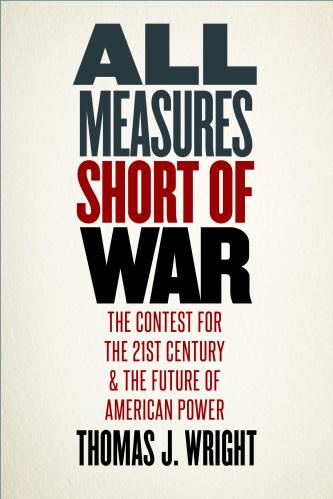
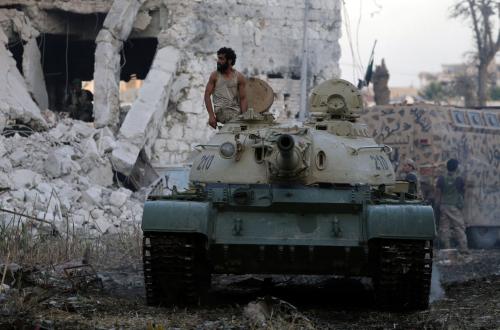
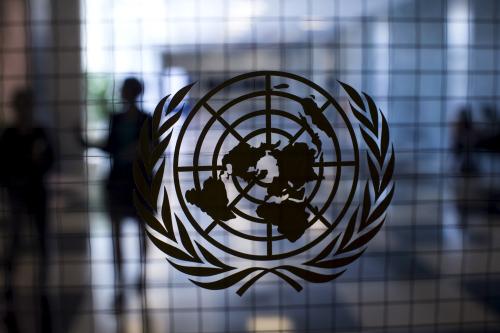
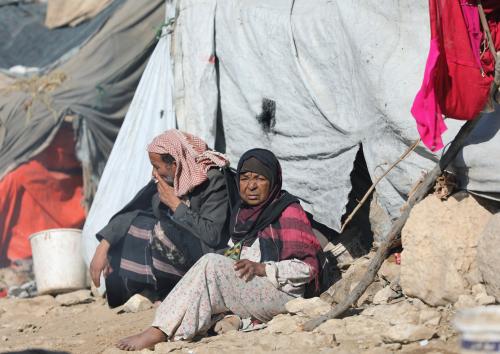
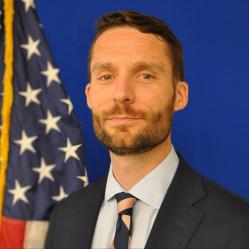
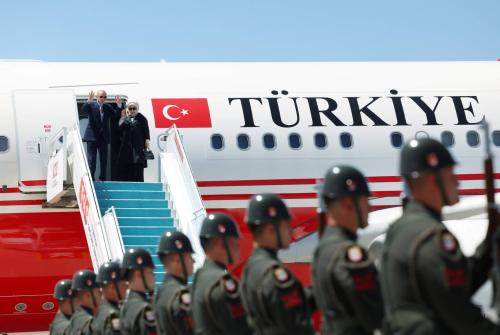
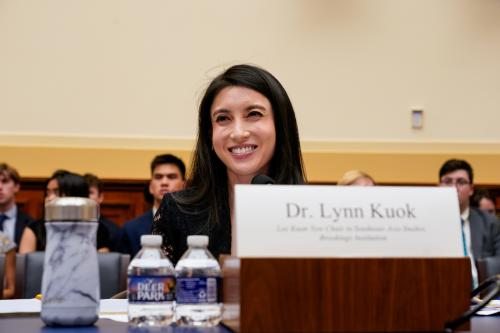
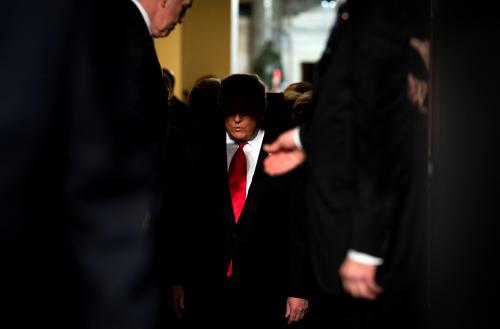
Commentary
Contested stabilization: Competing in post-conflict spaces
May 26, 2020